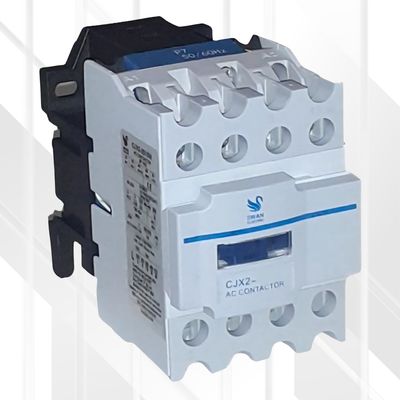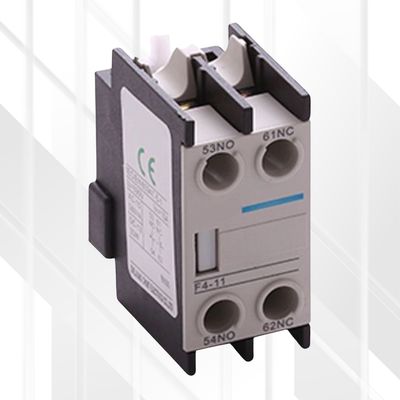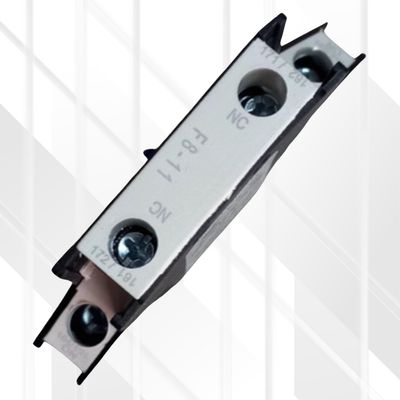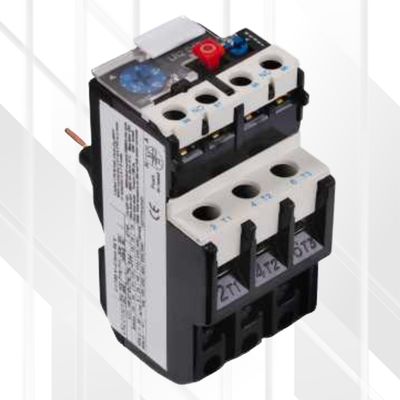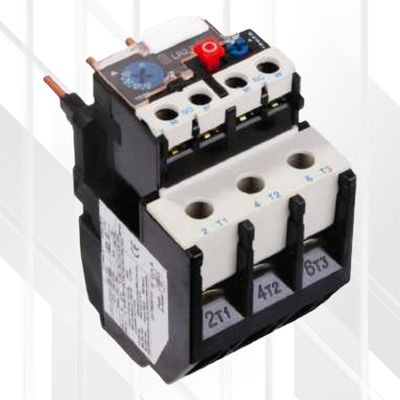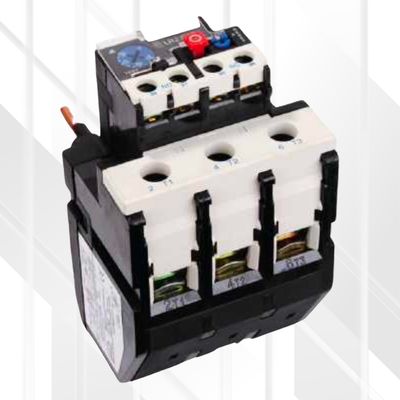SWAN Contactor Coils For 9-18A
SWAN Contactor Coils For 9-18A
- Ensure the continued operation of your Swan Electric contactors with these genuine COC-D series replacement AC coils.
- Specifically designed for the popular CJX2 (D-series) contactors rated 9A to 18A (models D09, D12, D18), these coils allow for cost-effective repair of contactors with failed or incorrect voltage coils.
- Available in standard AC voltages including 110V, 230V, and 400V (compatible with 415V systems), they feature a durable flame-retardant housing and copper windings for reliable performance at 50/60Hz.
Features
-
Direct replacement coil for Swan Electric contactors.
-
Compatibility: Designed for CJX2 / D-Series models D09, D12, D18 (9A, 12A, 18A).
-
Available Voltages: 110V AC, 230V AC, 400V AC.
-
Frequency: Operates on both 50Hz and 60Hz.
-
Material: Flame retardant housing.
-
Windings: Copper.
-
Easy to install.
Benefits
-
Cost-Effective Repair: Replace only the coil instead of the entire contactor, saving money.
-
Restores Contactor Function: Brings contactors with burnt-out or damaged coils back into service quickly.
-
Guaranteed Compatibility: Ensures perfect fit and electrical operation within the specified D09-D18 contactor range.
-
Reliable Performance: Built with quality materials for dependable energizing of the contactor.
-
Enhanced Safety: Flame retardant housing contributes to overall system safety.
-
Reduces Downtime: Allows for quick field replacement to minimize equipment interruption.
Technical Specifications
| Specification | COC-D09/D18-110V | COC-D09/D18-230V | COC-D09/D18-400V |
|---|---|---|---|
| Manufacturer | Swan Electric | Swan Electric | Swan Electric |
| Series | COC-D | COC-D | COC-D |
| Type | AC Contactor Coil | AC Contactor Coil | AC Contactor Coil |
| Part Number | COC-D09/D18-110V | COC-D09/D18-230V | COC-D09/D18-400V |
| Rated Voltage | 110V AC | 230V AC | 400V AC |
| Frequency | 50 / 60 Hz | 50 / 60 Hz | 50 / 60 Hz |
| Compatibility | Swan CJX2 / D-Series (D09, D12, D18 / 9A-18A) | Swan CJX2 / D-Series (D09, D12, D18 / 9A-18A) | Swan CJX2 / D-Series (D09, D12, D18 / 9A-18A) |
| Housing Material | Flame Retardant | Flame Retardant | Flame Retardant |
| Winding Material | Copper | Copper | Copper |
Ideal Use
-
Replacing failed, burnt-out, or damaged coils in Swan Electric CJX2-D09, CJX2-D12, and CJX2-D18 contactors.
-
Changing the operating voltage of an existing D09-D18 contactor.
-
Maintenance spares for facilities using Swan Electric D-series contactors.
-
Electrical repair shops and panel builders.
Tips
-
Verify Compatibility: Before ordering, always double-check the model number of your existing contactor (must be CJX2-D09, D12, or D18) and confirm the required coil voltage.
-
Safety First: Always disconnect all power sources to the contactor and its control circuit before attempting to replace the coil.
-
Installation: Ensure the coil is seated correctly within the contactor body and that terminal connections (if applicable to the coil itself) are secure.
-
Troubleshooting: If a contactor isn't working, verify the control voltage is present at the coil terminals before assuming the coil has failed. Other issues like mechanical binding or faulty auxiliary contacts can also occur.

